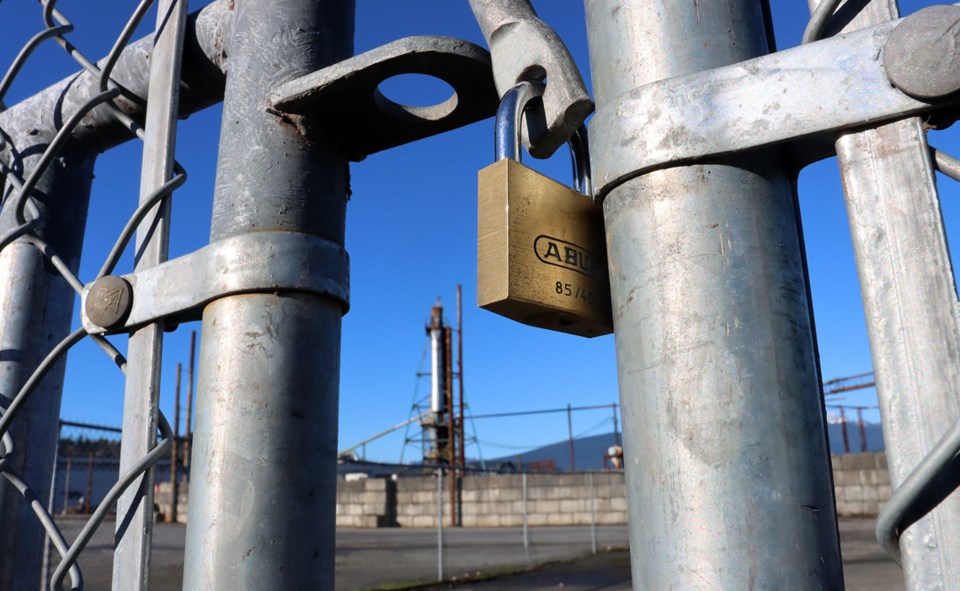Port Moody needs more jobs if it’s to provide a quality of life to residents that includes working close to home, less traffic, a clean environment and vibrant retail, arts, culture and tourism sectors, says a report by the city’s economic development committee.
Achieving those jobs requires an aggressive strategy for growth that will change the face of Port Moody for decades to come.
Tuesday, Port Moody councillors unanimously endorsed just such a strategy as they called for the creation of an economic development master plan that targets a jobs-to-population ratio of 0.42 by 2041.
That means the city will need about 21,000 jobs for a population of 50,000 as projected by Metro Vancouver’s regional growth strategy. About 40% of those jobs would be in home-based businesses.
Currently, the city has approximately 8,990 jobs for its 36,000 residents.
According to the report, without a larger employment base, the city will be challenged by a slow daytime economy as residents leave the city to work elsewhere, a growing tax burden on homeowners as well as traffic gridlock and more greenhouse gases
The report said the city’s current jobs-to-population ratio of 0.25 is projected to slip to 0.23 by 2041 as its population grows without a corresponding acceleration of jobs. Of 22 communities in Metro Vancouver, only Anmore and the Tsawwassen First Nation would rank lower by then.
That’s not acceptable, said Sean Ogilvie, a commercial realtor who also sits on the economic development committee. “We need to have jobs that are going to allow people to live in the city,” he said. “It’s a beautiful city but it comes with a cost.”
That cost means the city has to create more than one million square feet of new office, retail, institutional and light industrial space, said Christopher Pope, a corporate policy manager and member of the economic development committee.
He said those spaces should go in several areas of the city already with zoning for commercial and light industrial uses like the Moody Centre transit-oriented development area, the Flavelle property on the waterfront, Westport, the north side of Clarke Street and along Murray Street. He added the city also needs to fight to preserve its remaining heavy industrial land as those employers often provide the most reliable, well-paid jobs.
“These numbers are feasible,” Pope told council. “There is some way to make it work, but some of these recipes may not be the appetite of council or the community.”
Coun. Zoe Royer wasn’t afraid to bite.
She said the city needs to come to grips with issues like increased density. It also needs to temper some of its expectations of developers to always come through with affordability programs and another amenities.
“We can’t be changing the goal posts all the time, asking for additional things,” she said. “Density isn’t the enemy, bad planning is.”
Coun. Diana Dilworth agreed, saying council’s endorsement of a higher jobs-to-population target sends a strong message to developers. “If we can say now this is our starting point, that is just such a solid policy decision.”
Coun. Hunter Madsen, who chairs the economic development committee, said while he pushed the committee to recommend a more modest target jobs-to-population ratio of 0.35 by 2041 with a 0.42 ratio to be achieved 10 years later, he couldn’t fault his fellow councillors for their more strident ambition.
“We have a lot of big development decisions coming before us in the next year,” he said. “I just don’t think we can leave decisions about economic development hanging.”
The report will now go to city staff for further analysis before a consultant is brought in to determine a detailed course of action for creating an economic master plan that meshes with Port Moody’s official community plan as well as transportation, arts and culture, climate action and tourism goals, along with Metro Vancouver’s regional growth strategy.




